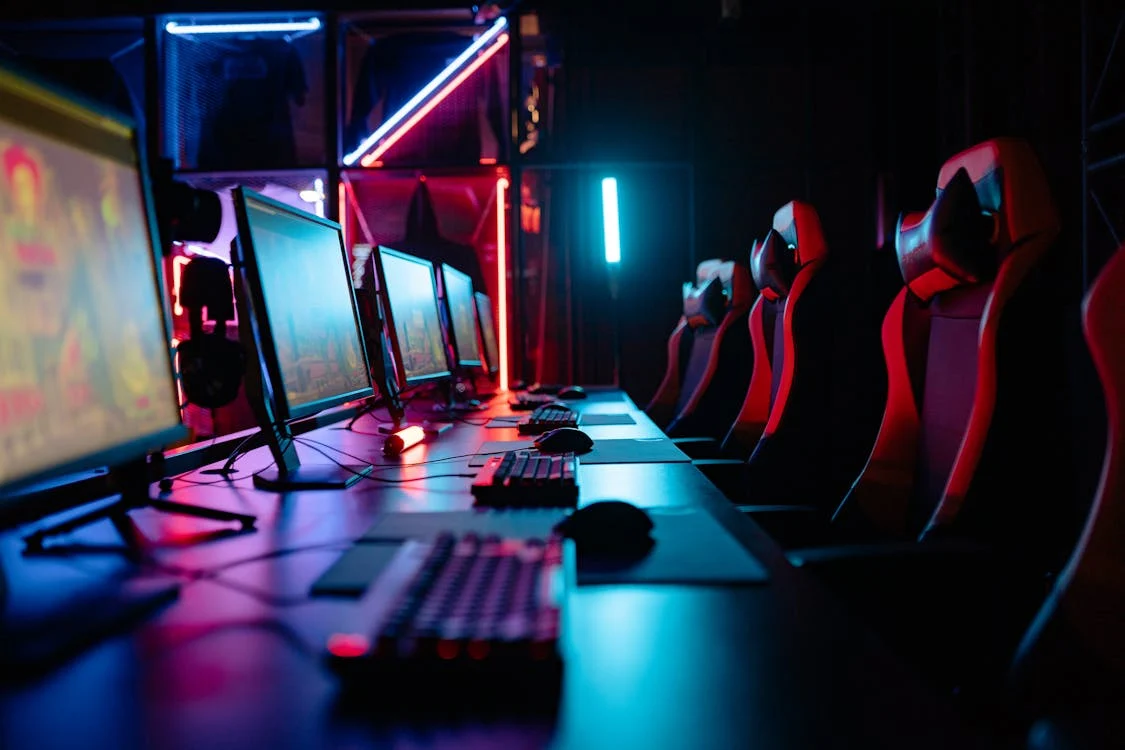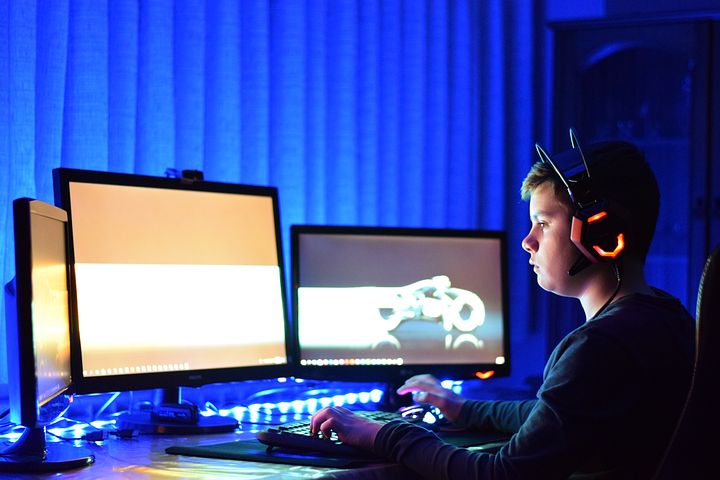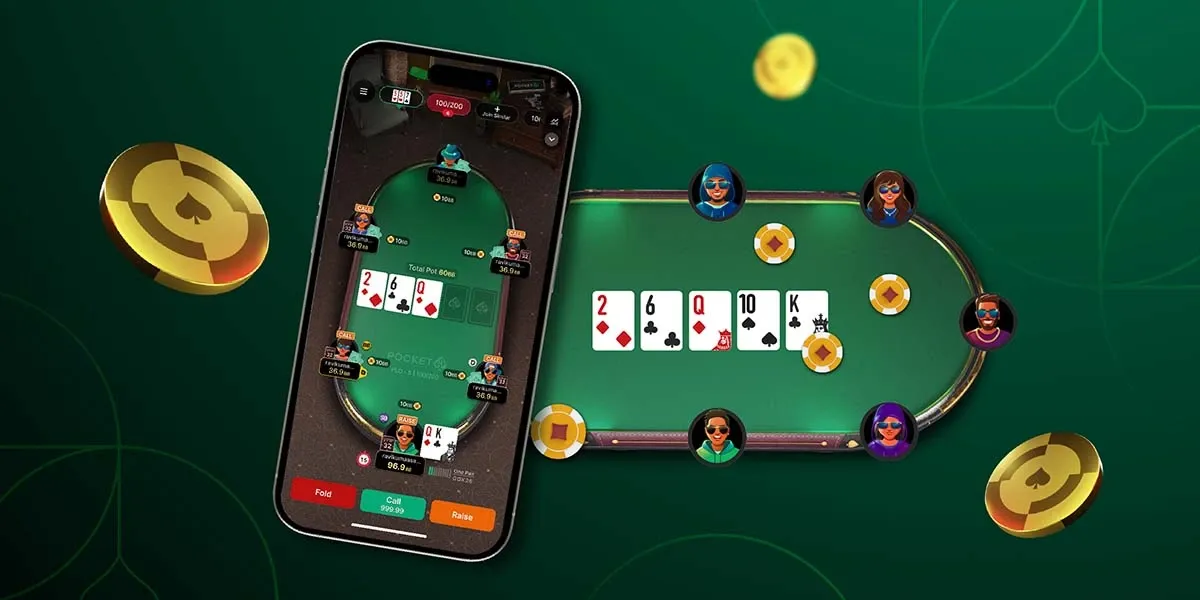The global gaming industry is evolving at a rapid pace, with new technologies pushing the boundaries of what’s possible. One of the most intriguing developments is the rise of GameFi, a sector that combines gaming and decentralised finance (DeFi).
For those unfamiliar with crypto gaming or blockchain technology, GameFi might seem complex at first glance. But, once you understand the basics, it opens up a world of opportunities that go beyond traditional gaming. In this article, we’ll explore what GameFi is all about, how it relates to existing real money casino gaming sectors you might be more familiar with, and how mainstream gaming companies are jumping onboard the crypto train.
GameFi Explained
GameFi is a fusion of gaming and finance, built on blockchain technology. At its core, it allows players to earn real-world rewards, which are often in the form of cryptocurrencies or NFTs (non-fungible tokens). Games under the umbrella typically operate on a play-to-earn (P2E) model, where users are rewarded for their in-game achievements, be that completing tasks, levelling up characters, or even trading existing digital assets within the game.

What sets GameFi apart from traditional gaming is the integration of decentralised finance mechanics, which enables players to truly own their in-game assets. In the traditional sector, items or currency earned within a game belong to the platform or publishing studio, leaving players with no true ownership or control over their value. Since GameFi runs on blockchain technology, this ensures that players have full ownership over the items and rewards they receive in the game.
GameFi and Real Money Gaming
As we mentioned in the intro, GameFi does share some similarities with existing real money gaming sectors, such as online casino platforms. Most notably, players across both sectors are making time and financial investments in the game. An online casino player, for example, will place wagers in online roulette variants to win a reward. On the other hand, a gamer playing Axie Infinity might choose to invest in a rare in-game asset, which appreciates in value over time.
The key differences between the two, however, is that GameFi typically offers more comprehensive gaming experiences, and users are playing for rewards, not winnings. The most popular titles in the sector don’t just exist in one genre, they incorporate elements of strategy, role-playing and action/adventure. Plus, they provide the opportunity for gamers to generate a passive income, which is rarely found in traditional real money gaming.
The Decentralised Players
Several companies and decentralised platforms have emerged as pioneers in the GameFi space. We’ve already touched on one of the most well-known games, Axie Infinity. This P2E game plays homage to the iconic Pokémon franchise by allowing players to collect, breed, and battle creatures called Axies. The game uses Ethereum-based cryptocurrency, and players can earn native AXS (Axie Infinity Shards) and SLP (Smooth Love Potion) tokens for their participation.
Another type of virtual GameFi experience can be found in Decentraland. This is akin to simulation games like The Sims, with the key difference being that players can actually purchase, sell and build on digital “land parcels”. The platform is also powered by Ethereum, while its native token is MANA.
Then, there’s The Sandbox, which focuses on democratising content creation by focusing on player-created assets. In this metaverse experience, players can create and publish their own blockchain games, design assets or purchase digital real estate, all powered by the SAND token.
Mainstream Entrants
At the heart of all blockchain and crypto-related sectors is the concept of decentralisation. In essence, this removes the need for centralised authorities by prioritising peer-to-peer processes and utilising public ledger technologies. It’s quite ironic, then, that several established gaming giants are now exploring the possibilities of blockchain gaming.
Ubisoft, known for franchises like Assassin’s Creed and Far Cry, has been one of the earliest proponents of integrating blockchain technology into mainstream gaming. The company has already launched Quartz, a platform that allows players to earn and trade NFTs in existing IP like Ghost Recon: Breakpoint. These NFTs, called Digits, represent in-game items like weapons or skins, but they are owned by the player outside of Ubisoft’s ecosystem.
However, its marquee blockchain game is Champions Tactics: Grimoria Chronicles, which is built on the Oasys network. Set to launch before the year is out, the game features elements of RPGs and tactical strategy in a player vs player format.
What’s more, according to data compiled by CoinGecko, a total of 29 out of the top 40 video game companies by market cap have entered the Web3 space since 2023. Seven of which are developing their own take on crypto games.





